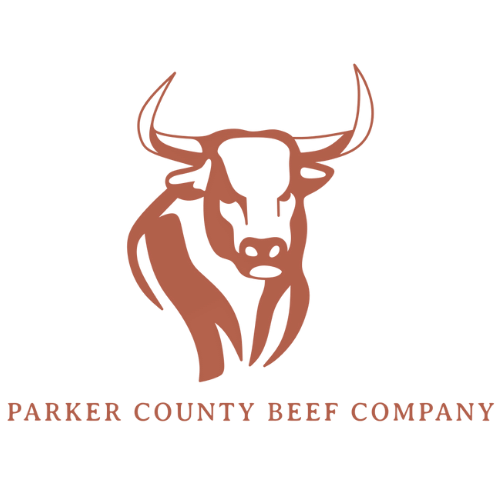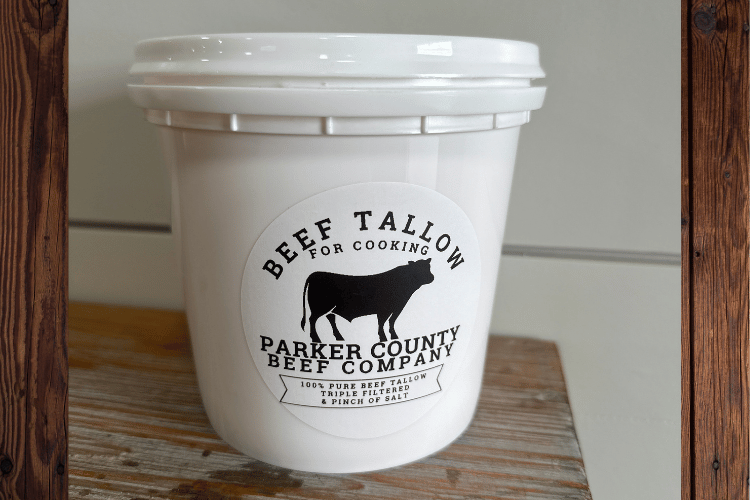The Rise of Beef Tallow: Why it's Becoming a Must-Have Ingredient in the Culinary World
Photo by Pexels on Pixabay
## Introduction to Beef Tallow
As a passionate chef, I am always on the lookout for new ingredients that can elevate the flavors of my dishes. One such ingredient that has recently caught my attention is beef tallow. Traditionally, beef tallow was a staple in many kitchens, but it fell out of favor with the rise of vegetable oils. However, in recent years, this versatile fat has made a comeback in the culinary world. In this article, I will explore the reasons behind the resurgence of beef tallow and why it is becoming a must-have ingredient.
The Benefits of Using Beef Tallow in Cooking
Beef tallow offers a myriad of benefits when used in cooking. Firstly, it imparts a rich and savory flavor to dishes, enhancing the taste of everything from roasted vegetables to fried chicken. This natural flavor enhancer can take your culinary creations to the next level.
Moreover, beef tallow has a high smoke point, making it perfect for frying and searing. Unlike other oils that can break down at high temperatures, beef tallow remains stable, allowing for even and consistent cooking. This results in perfectly crispy and golden-brown crusts on fried foods, while keeping the interior moist and tender.
Additionally, beef tallow has a long shelf life due to its high saturated fat content. This means that it can be stored for extended periods without going rancid. Its stability makes it a practical choice for professional chefs and home cooks alike.
Nutritional Advantages of Beef Tallow
Contrary to popular belief, beef tallow can be a healthier alternative to some vegetable oils. It is rich in monounsaturated fats, which promote heart health by lowering bad cholesterol levels. Moreover, beef tallow contains essential fat-soluble vitamins, such as vitamins A, D, E, and K. These vitamins play a crucial role in various bodily functions, including immune system support and bone health.
Furthermore, beef tallow is free from artificial additives and preservatives, making it a natural choice for those looking to avoid processed ingredients. By incorporating beef tallow into your cooking, you can enjoy the nutritional benefits it offers while savoring delicious meals.
Culinary Uses of Beef Tallow
Beef tallow's versatility in the kitchen is truly impressive. It can be used in a wide range of culinary applications, from frying and roasting to baking and sautéing. Its high smoke point of around 400°F (204°C) makes it ideal for deep frying, resulting in crispy and flavorful dishes.
Furthermore, beef tallow can be used as a replacement for butter or oil in baking. Its creamy texture adds moisture to baked goods, creating a tender crumb and a rich taste. Moreover, it imparts a unique flavor profile that can enhance the overall taste of pastries and bread.
In addition to its cooking applications, beef tallow can also be used as a base for making homemade candles and soaps. Its creamy consistency and high melting point make it a perfect ingredient for these non-culinary uses.
Where to Buy High-Quality Beef Tallow
If you're interested in incorporating beef tallow into your cooking, it's essential to source it from reputable suppliers. One such place where you can find high-quality beef tallow is the Parker County Beef Company. They offer farm-to-table beef tallow that is rendered from grass-fed cattle, ensuring the highest quality and taste.
Parker County Beef Company takes pride in their commitment to sustainable and ethical practices. By purchasing their beef tallow, you not only support local farmers but also contribute to a more environmentally friendly food system. Visit their website at www.ParkerCountyBeefCompany.com to explore their range of beef tallow products.
Understanding the Smoke Point of Beef Tallow
The smoke point of an oil or fat is the temperature at which it begins to break down and produce smoke. It is an important factor to consider when using beef tallow for cooking. The smoke point of beef tallow is approximately 400°F (204°C), making it suitable for high-temperature cooking methods like frying and searing.
Cooking with an oil or fat beyond its smoke point can result in the release of harmful compounds and off-flavors in your food. Therefore, it's crucial to use beef tallow within its recommended temperature range to ensure optimal taste and safety.
How to Render Beef Tallow at Home
Rendering beef tallow at home is a straightforward process that allows you to control the quality and flavor of the final product. Here's a simple method to render beef tallow:
Start by obtaining high-quality beef fat from a trusted butcher or farmer. Trim away any excess meat or connective tissue from the fat.Cut the fat into small, uniform pieces to facilitate the rendering process.Place the fat pieces in a heavy-bottomed pot or slow cooker and set the heat to low.Allow the fat to melt slowly, stirring occasionally to prevent it from sticking to the bottom of the pot.Once the fat has completely melted and the solid pieces have turned golden brown, strain the liquid through a fine-mesh sieve or cheesecloth to remove any impurities.Transfer the strained liquid into clean jars or containers and allow it to cool. Once cooled, it will solidify into creamy white beef tallow.Store the rendered beef tallow in a cool, dark place or refrigerate it for longer shelf life.
Recipes That Showcase the Versatility of Beef Tallow
Beef tallow can be used in a multitude of recipes, adding depth and flavor to various dishes. Here are a few recipes that showcase the versatility of beef tallow:
Crispy French Fries: Cut potatoes into thin sticks, soak them in cold water, and pat them dry. Heat beef tallow in a deep pot or fryer and fry the potatoes until golden and crispy. Season with salt and serve with your favorite dipping sauce.Flaky Pie Crust: Replace butter or shortening with beef tallow in your favorite pie crust recipe. The beef tallow will impart a unique flavor and create a flaky and tender crust.Roasted Vegetables: Toss vegetables like carrots, Brussels sprouts, and sweet potatoes in melted beef tallow. Roast them in the oven until caramelized and tender. The beef tallow will enhance the natural sweetness of the vegetables.
Feel free to experiment with beef tallow in your favorite recipes and discover its amazing culinary potential.
The Environmental and Sustainability Aspects of Using Beef Tallow
In an era where sustainability is a growing concern, using beef tallow can be a conscious choice for environmentally conscious individuals. Beef tallow is a byproduct of the meat industry, utilizing a part of the animal that would otherwise go to waste. By incorporating beef tallow into our cooking, we can reduce food waste and make more sustainable use of our resources.
Moreover, sourcing beef tallow from grass-fed cattle contributes to a more sustainable and ethical food system. Grass-fed cattle are raised in a more natural and humane manner, resulting in lower environmental impact and healthier meat products.
Conclusion: Embracing the Culinary Potential of Beef Tallow
As we have explored in this article, beef tallow is making a comeback in the culinary world for good reason. Its rich flavor, high smoke point, and nutritional advantages make it a must-have ingredient for any discerning cook.
By embracing beef tallow in our cooking, we not only enhance the taste of our dishes but also support sustainable and ethical practices. So why not give beef tallow a try and elevate your culinary creations to new heights?
Promote our Farm to Table Beef Tallow at the Parker County Beef Company. Visit their website at www.ParkerCountyBeefCompany.com to explore their range of beef tallow products.



